Today we are going to talk about steel pipes. It may sound a bit dry, but don't worry, we will make this topic easy and interesting so that you can understand it clearly. Hollow and solid steel pipes, these two guys are like two friends with different personalities, each with its own advantages and disadvantages. You know, steel pipes are really everywhere in our lives, from construction to transportation, they can be seen everywhere. Just like the rice on the table, although it is inconspicuous, it is an indispensable role. Today, let's take apart the "personalities" of these two steel pipes and see what the difference is in their strength and stiffness.
What Are Hollow and Solid Steel Sections?
1.Hollow Steel Section (HSS)
Hollow sections are steel pipes with a hollow center. They can come in different shapes—round, square, or rectangular—and are often called RHS (Rectangular Hollow Section), SHS (Square Hollow Section), or CHS (Circular Hollow Section). These are often used in construction frames, bridges, trailers, and even furniture.Think of them like bamboo: light but surprisingly strong because of their hollow design.
2.Solid Steel Section
Solid sections, as the name suggests, are fully solid pieces of metal. These include solid round bars, square bars, and rods. They’re heavier, bulkier, and very tough. You’ll find them in heavy machinery, tool-making, and areas where extreme load-bearing strength is needed.Kind of like a brick—heavy, dense, and built to last.
Hollow Section vs Solid Section: Key Comparisons
1. Weight and Handling
One of the most obvious differences between hollow and solid steel pipes is their weight.
Hollow steel pipes are significantly lighter because of the empty space inside. This makes them easier to carry, transport, and install—especially in environments where movement is frequent, such as construction sites, bridge frameworks, or temporary scaffolding.
Solid steel pipes, on the other hand, are heavier due to their dense structure. While this may limit portability, it contributes to greater durability in static applications.
2. Load-Bearing Capacity and Structural Stability
Strength is a major factor in material selection for engineering and construction.
Solid steel pipes have the upper hand in terms of load-bearing capacity and structural stability. Their uniform material distribution allows them to handle greater pressure and impact, making them ideal for structural columns, heavy-duty supports, and foundation components.
Hollow steel pipes provide good strength-to-weight performance, but they may not be suitable for situations involving extremely high loads or compressive forces.
3. Cost and Material Efficiency
Budget is another key consideration in material selection.
Hollow pipes are more cost-effective for large-scale applications because they use less raw material, leading to lower manufacturing and transportation costs. They’re often used in pipeline systems, furniture frames, and lightweight structural components where cost savings are a priority.
Solid pipes generally cost more due to their higher material volume, but they are often chosen when structural safety and long-term durability outweigh cost concerns—for example, in critical load-bearing parts of bridges or high-rise buildings.
4. Common Applications
Each type of steel pipe has its place depending on the engineering scenario:
(1)Hollow Steel Pipes:
Building frameworks
Transmission pipelines
Bridge structures
Lightweight supports
Automotive and machinery components
(2)Solid Steel Pipes:
Columns in high-load environments
Machinery shafts and rods
Heavy-duty structural reinforcements
Impact-resistance applications
Foundation supports
Conclusion
Generally speaking, hollow sections are more suitable for use as structural steel than solid sections. This is because hollow sections have the characteristics of light weight, high moment of inertia and low material cost. However, solid sections have greater bending, tensile and compressive forces when the material size and load are the same.The second moment of area of a hollow square, rectangular or circular section is very close to that of a section of the same size. In other words, if the cross-sectional area is the same, the second moment of area of a hollow section will be greater than that of a solid section.There’s no universal answer to whether hollow or solid steel pipes are better. Each has its own strengths and ideal applications. Hollow pipes are lightweight, cost-effective, and practical for many structures. Solid pipes are strong, durable, and better for heavy-duty use.When selecting steel pipes for your project, it's best to evaluate based on the specific demands of the application. By understanding the differences and making the right choice, you can improve both the efficiency and safety of your engineering or construction project.
FAQ Section
Q: Which is stronger—hollow or solid section?
A: Solid is stronger in compression, but hollow can outperform in bending due to better material distribution.
Q: Is hollow steel cheaper than solid?
A: Usually yes. Hollow uses less material and is more cost-effective in large-scale construction.
Q: Can I use hollow instead of solid steel?
A: Depends on the load type. For bending and weight-sensitive applications, yes. For high-impact or precision parts, solid is better.
Q: Which steel is best for load-bearing beams?
A: Hollow sections are often preferred for beams due to their higher strength-to-weight ratio.






 English
English Español
Español بالعربية
بالعربية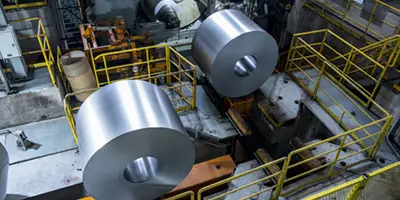

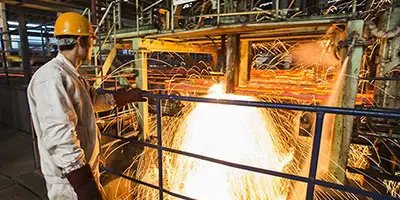
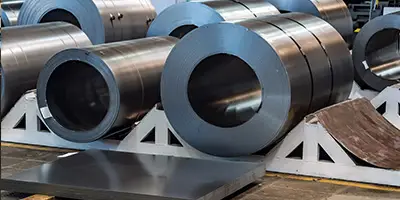

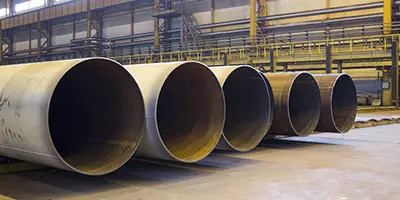

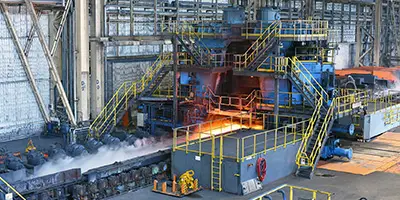
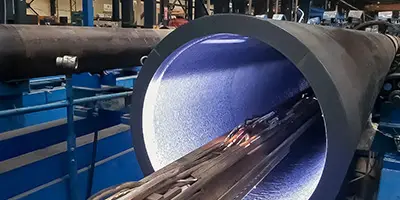
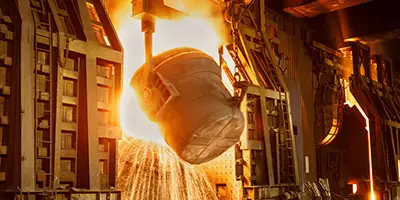

 Phone :
Phone :  Whatsapp :
Whatsapp :  Email :
Email : 


